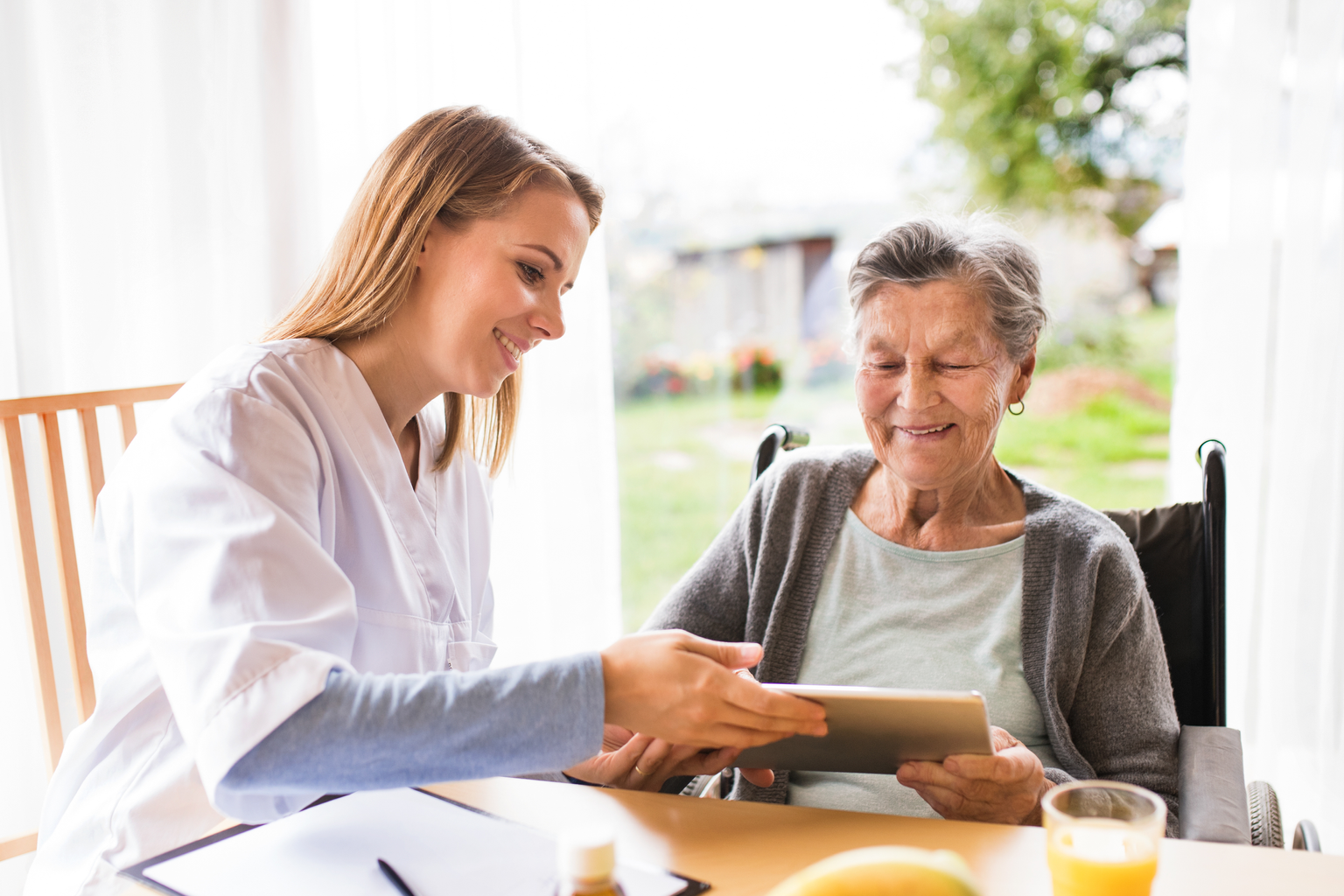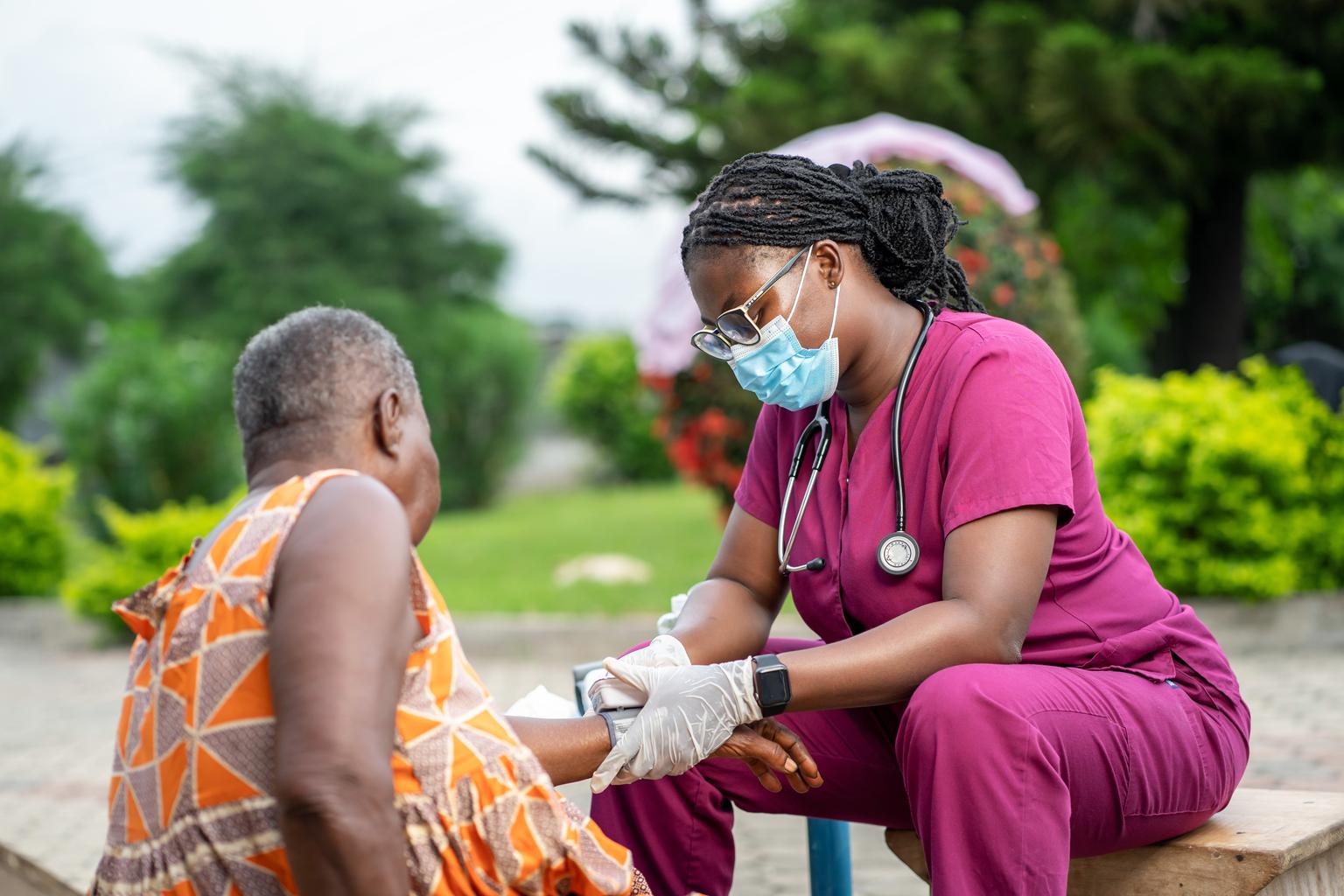The already rigorous medical school curriculum that doctors must learn doesn’t formally devote a substantial portion of coursework to alternative medicine, although vitamin metabolism is part of the study of human physiology. Nevertheless, in clinical practice, many of your patients may use unconventional treatments or ask you about the risks and benefits of these methods.
Alternative medicine encompasses home remedies as well as naturopathic or wellness care. It can include trying a certain fitness routine, diet or the use of herbs and botanicals. Procedures such as acupuncture, which require formal licensing for practitioners in the U.S., are also often described as complementary medicine.
It can take time and energy to learn about alternative medicine, but staying up to date on the nonpharmacologic approaches that your patients could be using on their own can help you recognize harmful side effects and point your patients toward useful at-home strategies.
Here are a few ways to learn about these topics so you can help your patients assess the true benefits of unconventional treatments.
Listen when patients share their home remedies
It’s a good idea to listen to your patients without judgment when it comes to their home remedies. Even if you don’t know whether a remedy is helpful, dangerous or without any effect, listening helps you learn more about what people are doing when attempting to manage their health. As you learn more about the effects of some of these treatments, you can provide useful instructions about home remedies.
Certain patient populations tend to get their guidance from support groups or by reading popular materials that promote alternative therapies. For example, research findings published in Holistic Nursing Practice suggest that almost all patients diagnosed with constipation irritable bowel syndrome use some form of holistic treatment. If you take care of patients who have such a condition and they’re attempting to treat it with at-home remedies or advice from nonmedical peers, you can only benefit from knowing about what they’re doing.
While we’ve all heard of homemade chicken soup for a cold, some of your patients might also use remedies that aren’t as familiar to you. For example, patients often treat medical issues by adopting a family tradition that has been passed down over generations. While conversations with your patients about one-of-a-kind approaches won’t necessarily be as broadly useful for you as listening to what patients say about common alternative remedies, they can still provide value.
Talk to peers about alternative approaches
You can also learn a lot about alternative treatments by talking with other healthcare professionals. Your physician peers, nurses, technicians and other co-workers can provide a great deal of insight if they’re more familiar with the unconventional treatments that your patients use. Some might even have personal experience with alternative treatments themselves and share their own stories with you.
This allows you to get a good grasp not only of the actual patient experience but also the medical implications when you hear about these events. For example, an article in Current Opinion in Allergy and Immunology describes the risk of anaphylaxis with some herbal remedies. A peer will be able to help you understand the practical applications of the research better than a patient can.
Take advantage of CME opportunities
You can also take a more formal approach to learning about trends in medicine that your patients may ask about. For example, certain complementary treatments might be frequently marketed to patients with illnesses that you treat, or some alternative remedies might appeal to your patient population because of the geographic region in which you work. If a particular complementary approach is common enough that data has been collected about it, you might find continuing education (CME) programs that cover the mechanisms of action and therapeutic impact as well as any side effects.
For example, the AudioDigest lecture “Herbal Remedies Used by Adolescents” discusses nutritional supplements used by young athletes to enhance their performance. If you take care of patients who might want to use these supplements, your knowledgeable advice could impact their overall health.
While we know that alternative medicine is not necessarily proven or regulated by the same standards as pharmaceutical treatments and medical procedures, research may prove some alternative treatments to be of value. Other alternative treatments may prove to be harmful when put to the test. Staying on top of these treatments through CME is a great way to help you and your patients.
Want to learn more about complementary and alternative medicine? Explore:
- “Managing Patient Expectations: Integrative, Not Alternative” in the Cancer Journal
- “Complementary and Alternative Medicine for Postoperative Pain: A Systematic Review” in the Journal of Bone & Joint Surgery
- “Incorporating Complementary and Alternative Medicine into Your Practice” on AudioDigest





